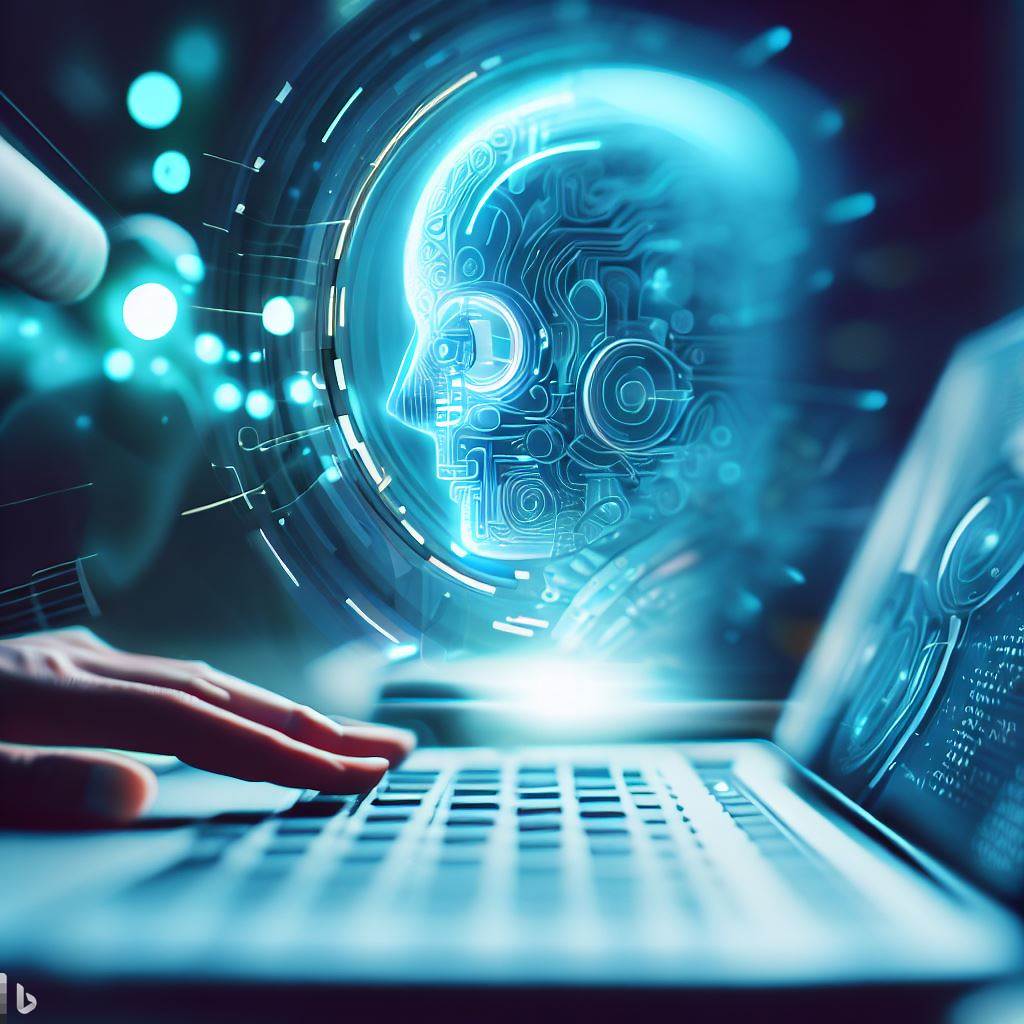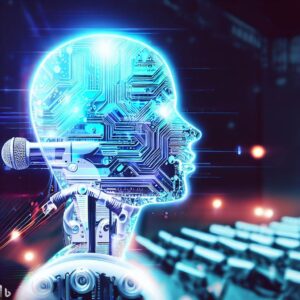
Artificial intelligence (AI) has come a long way in recent years, and its impact on various industries is undeniable. From healthcare to finance, AI has revolutionized the way we work and live. In this article, we’ll explore the top 10 AI tools that are available today for text, audio, image, and video.
Table of Contents
- Introduction
- Google Cloud Natural Language API
- Amazon Transcribe
- TensorFlow Object Detection API
- IBM Watson Visual Recognition
- Microsoft Video Indexer
- OpenAI GPT-3
- Nvidia Jarvis
- Clarifai
- Adobe Sensei
- Conclusion
- FAQs
1. Introduction
The AI tools listed below are designed to help businesses and individuals leverage AI and machine learning for their text, audio, image, and video projects. These tools have gained popularity due to their ease of use, flexibility, and accuracy.
2. Google Cloud Natural Language API
Google Cloud Natural Language API is a cloud-based service that helps developers analyze text using natural language processing. The API can perform sentiment analysis, entity recognition, and syntax analysis. It supports multiple languages and can be integrated with other Google Cloud services.
3. Amazon Transcribe
Amazon Transcribe is a cloud-based service that uses AI to transcribe audio recordings into text. It supports multiple languages and can handle various audio formats. Amazon Transcribe is commonly used in industries such as healthcare, legal, and media for tasks such as speech-to-text transcription and closed captioning.
4. TensorFlow Object Detection API
TensorFlow Object Detection API is an open-source tool developed by Google that enables developers to train and deploy object detection models. It supports various architectures such as SSD, Faster R-CNN, and RetinaNet. TensorFlow Object Detection API is widely used in industries such as retail, manufacturing, and healthcare for tasks such as object recognition and tracking.
5. IBM Watson Visual Recognition
IBM Watson Visual Recognition is a cloud-based service that uses AI to analyze images and videos. It can perform tasks such as image classification, object detection, and scene recognition. IBM Watson Visual Recognition supports multiple languages and can be integrated with other IBM Watson services.
6. Microsoft Video Indexer
Microsoft Video Indexer is a cloud-based tool that uses AI to analyze and index video content. It can perform tasks such as speech-to-text transcription, facial recognition, and object detection. Microsoft Video Indexer supports multiple languages and can be integrated with other Microsoft Azure services.
7. OpenAI GPT-3
OpenAI GPT-3 is an AI language model that can generate human-like text. It has the ability to understand natural language and can be used for tasks such as language translation and content generation. OpenAI GPT-3 is widely used in industries such as media, marketing, and e-commerce for tasks such as content creation and chatbot development.
8. Nvidia Jarvis
Nvidia Jarvis is a platform that provides tools for building conversational AI applications. It can perform tasks such as speech recognition, natural language understanding, and language translation. Nvidia Jarvis is commonly used in industries such as healthcare, automotive, and retail for tasks such as customer support and virtual assistants.
9. Clarifai
Clarifai is a platform that provides tools for image and video analysis. It can perform tasks such as object detection, scene recognition, and facial recognition. Clarifai is widely used in industries such as media, e-commerce, and healthcare for tasks such as content moderation and visual search.
10. Adobe Sensei
Adobe Sensei is an AI platform developed by Adobe that provides tools for image, video, and audio analysis. It can perform tasks such as automatic tagging, facial recognition, and audio transcription. Adobe Sensei is commonly used in industries such as media, marketing, and e-commerce for tasks such as content creation and personalization.
11. Conclusion
AI has become an integral part of many industries, and the tools listed above are just a few examples of how it can be leveraged for text, audio, image, and video projects. These tools have made it easier for businesses and individuals to perform complex tasks with greater accuracy and efficiency. As AI technology continues to evolve, we can expect to see even more innovative tools and applications in the near future.
12. FAQs
- What is AI?
- AI stands for artificial intelligence, which is the simulation of human intelligence processes by machines.
- What is natural language processing?
- Natural language processing (NLP) is a subfield of AI that focuses on the interaction between computers and humans using natural language.
- How can AI be used in healthcare?
- AI can be used in healthcare for tasks such as disease diagnosis, patient monitoring, and drug discovery.
- What is object detection?
- Object detection is a computer vision technique that involves identifying and localizing objects in an image or video.
- What is facial recognition?
- Facial recognition is a biometric technology that uses AI to identify and verify individuals based on their facial features.
